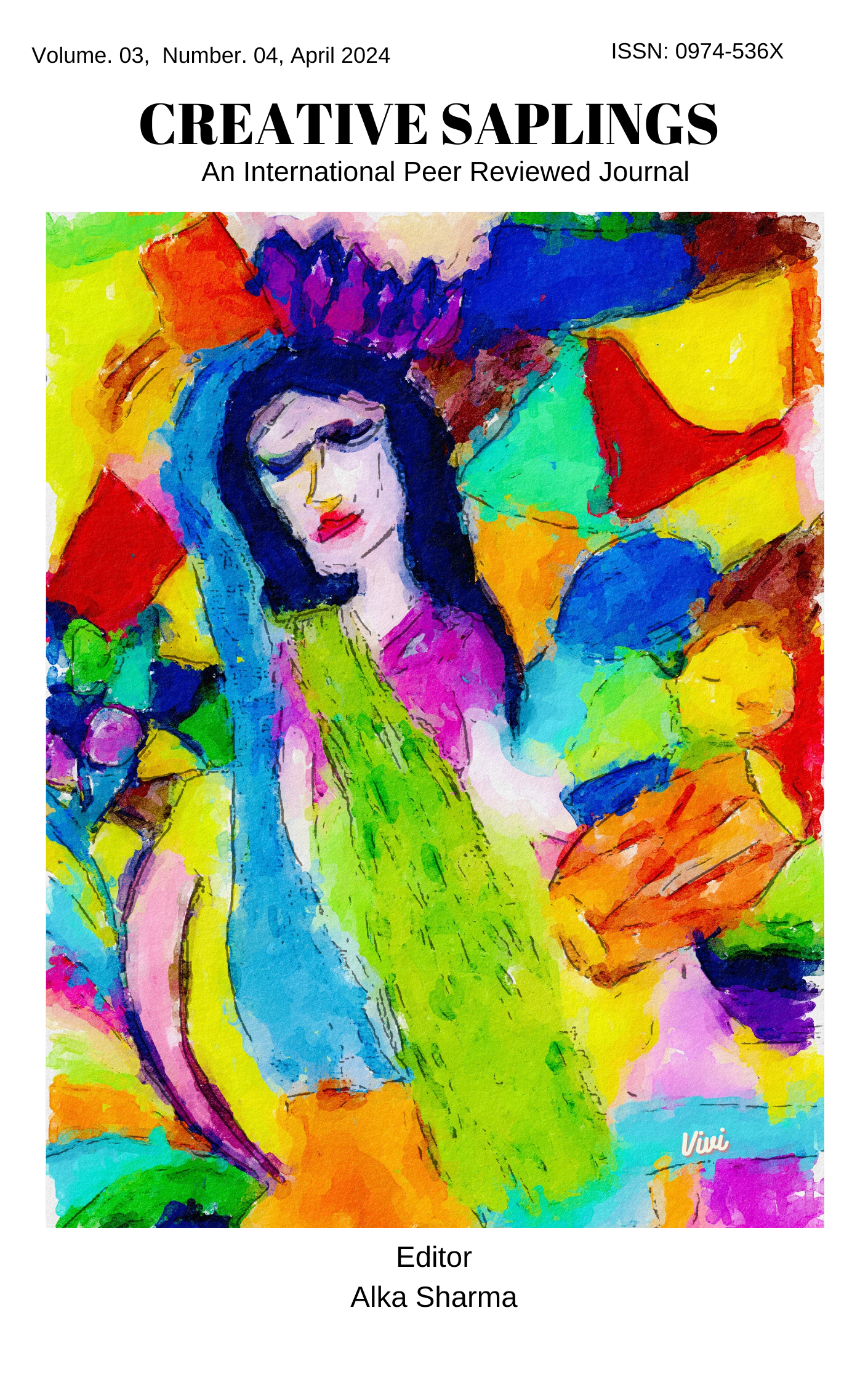Camouflaging the Carnivalesque: An Enquiry into the Culturally Syncretistic Performative Tradition of the Bahurupis of West Bengal
DOI:
https://doi.org/10.56062/gtrs.2024.3.4.566Keywords:
Cultural Syncretism, Bahurupi, Bedia, Camouflage, Carnivalesque, Social hierarchy, Identity, Performativity.Abstract
The term ‘bahurupi’ refers to the wandering folk performers- who delineate diverse characters, mostly mythological in nature, such as Lord Shiva, Lord Krishna, Goddess Kali, and Hanuman. Bahurupi is a dying folk art form that was once the predominant agrarian entertainment even a few decades ago. The bahurupis belong to the ‘Bedia’ (byadh) community (a Scheduled Tribe (ST) community) who were mainly hunters and used to catch birds and sell them in the market. In course of time, these nomads have turned themselves into bahurupi performers who tend to amuse people by camouflaging themselves into different characters. Their art form is also called ‘chameleon art’ because of their ability to reverse the social hierarchy by camouflaging their real identities. Mask, costume and Make-Up enable them to camouflage their real identity and appear mostly as the characters of Ramayana, Mahabharata, and other epics. They are treated as untouchables, but during their performances, they metamorphose themselves into gods and goddesses and at that moment, the audience starts interacting with them. So, the disguise helps to reduce caste and class discrimination and overturn the social hierarchy. This carnival period is their second life where they can fully express themselves and forget their real identities. So, this paper will elucidate the bahurupi culture, their origin and transformation and how the camouflage enables these wandering performers to earn their livelihood. It will also explore the importance of Carnivalesque in the lives of the lower-class Bahurupis as they enjoy a certain amount of acceptability during their performances.
Downloads
References
Works Cited:
Abrams, M. H and Geoffrey Galt Harpham. A Glossary of Literary Terms. 10th ed. India, Cengage Learning, 2012.
Bakhtin, Mikhail. Rabelais and His World Translated by Helen Iswolsky, Bloomington, Indiana University Press, 1984.
https://www.villagesquare.in/bahurupi-folk-theatre-finds-few-takers-in-west-bengal/
Downloads
Published
Issue
Section
License
Copyright (c) 2024 Payel Ghosh

This work is licensed under a Creative Commons Attribution-NonCommercial 4.0 International License.






